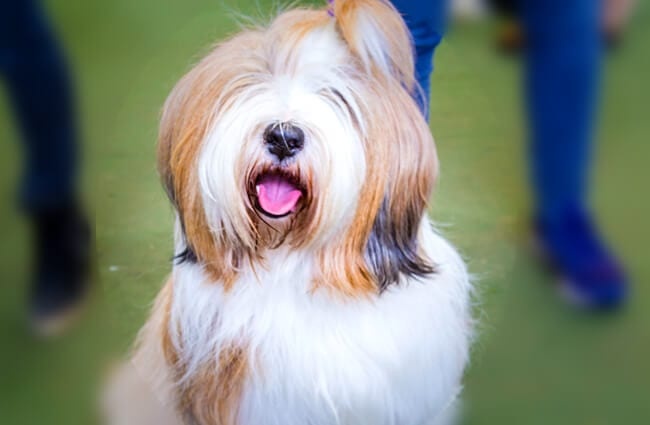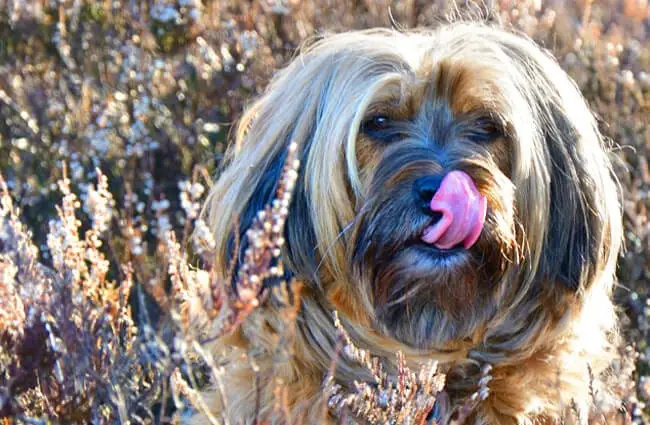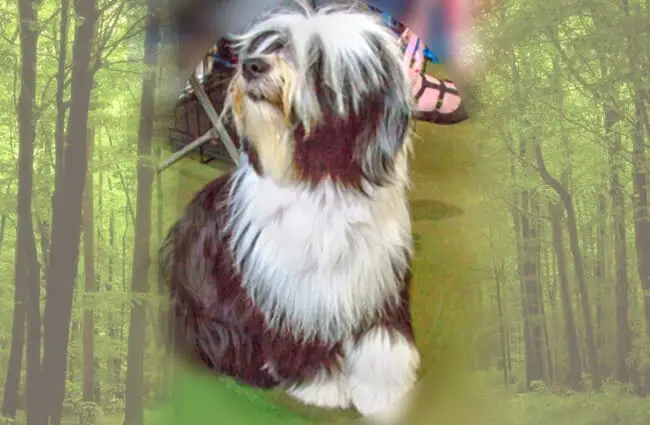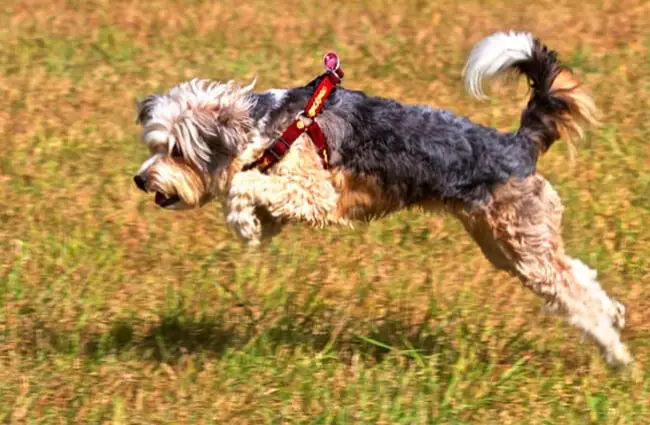The Tibetan Terrier, despite the name, isn’t actually a terrier. It is an ancient breed that originated in the rugged Himalayas, historically known as the “Bhoti” or “Tibetan Bark Dog.” For centuries, these dogs served as watchdogs in monasteries and were treasured companions, rarely given as gifts. They were not bred for hunting or retrieving but for luck, companionship, and guarding. Their journey to the West began relatively recently, with the first documented imports occurring in the early 20th century.

Understanding the Tibetan Terrier
Physical Characteristics
These medium‑sized dogs generally stand between 15 and 16 inches tall at the shoulder and weigh between 18 and 30 pounds. Their most striking feature is their profuse double coat, designed to withstand the harsh Himalayan climate. The outer coat is long, silky, and abundant, while the undercoat is dense and woolly. Colors range from golden, red, and silver to black, often with graying around the muzzle and face as they age. They have a broad head, dark almond‑shaped eyes, and feathered ears. Don’t let the flowing coat fool you; they are surprisingly agile and athletic.
Temperament and Personality
Tibetan Terriers are known for their intelligence, independence, and playful nature. They are affectionate with their families but can be reserved with strangers. Their history as watchdogs gives them a natural guarding instinct, making them alert and vocal. They are not aggressive, but they will definitely let you know if someone is approaching. They thrive on human companionship but aren’t overly demanding. A gentle and consistent training approach works best, as they can be sensitive and stubborn. Early socialization is crucial to ensure they develop into well‑rounded adults.

Caring for Your Tibetan Terrier
Grooming Needs
That luxurious coat requires significant maintenance. Daily brushing is essential to prevent matting and tangles. Regular bathing, every few weeks, helps keep the coat clean and healthy. Many owners opt for a professional groomer to help maintain the coat and keep it trimmed. While they don’t shed excessively, they do undergo seasonal shedding. Regular ear cleaning and nail trimming are also important aspects of their grooming routine.
Exercise Requirements
Tibetan Terriers are moderately active dogs. They enjoy daily walks, playtime in a securely fenced yard, and mental stimulation. They are not marathon runners, but they need enough exercise to burn off energy and prevent boredom. Puzzle toys, obedience training, and interactive games can help keep them mentally engaged. They are adaptable and can adjust to different living situations, as long as their exercise needs are met.
Training and Socialization
Early socialization and consistent training are paramount. Expose your Tibetan Terrier puppy to a variety of people, places, and sounds. Positive reinforcement methods work best. They are intelligent but can be independent, so patience and consistency are key. Start with basic obedience commands and gradually introduce more challenging exercises. They excel in activities like agility, obedience, and rally. Addressing any potential behavioral issues early on will help ensure a well‑behaved and happy companion.

Health Considerations
Common Health Issues
While generally healthy, Tibetan Terriers are prone to certain health conditions. Progressive Retinal Atrophy (PRA), an eye disease that can lead to blindness, is relatively common. Hip dysplasia, a malformation of the hip joint, can also occur. Other potential health concerns include hypothyroidism and autoimmune diseases. Responsible breeders screen their breeding stock for these conditions to minimize the risk of passing them on to their puppies. Regular veterinary checkups are essential for early detection and treatment of any health problems.
Lifespan
With proper care and a healthy lifestyle, Tibetan Terriers typically live between 12 and 15 years. Some individuals may live even longer. Providing a nutritious diet, regular exercise, and routine veterinary care can help ensure a long and healthy life for your furry companion.
Is a Tibetan Terrier Right for You?
Suitability for Different Lifestyles
Tibetan Terriers are best suited for active families who can provide them with plenty of attention, exercise, and mental stimulation. They do well in both apartments and houses, as long as their exercise needs are met. They are generally good with children, but early socialization is important. They can be reserved with strangers, so proper socialization is crucial. Their grooming needs require a significant time commitment, so potential owners should be prepared to dedicate the necessary time and effort.

Unique Breed Characteristics
Beyond their physical beauty and charming personality, Tibetan Terriers possess unique energy and intelligence. They are known for their playful antics and their ability to “smile.” Their independent streak and sensitivity require a gentle and understanding approach to training. They are loyal companions who thrive on human interaction. Their history as watchdogs gives them a natural protective instinct, making them alert and vigilant.
Digging Deeper: Breed Specific Behaviors
Historically, these dogs were used to turn prayer wheels in monasteries, a task requiring repetitive motion. This may explain their tendency to circle before lying down. They also have a strong instinct to guard their possessions, which can sometimes manifest as resource guarding. Early training and socialization can help address these behaviors. Their sensitive nature means they respond best to positive reinforcement and gentle guidance. Harsh punishment can damage their trust and lead to behavioral problems.

The Tibetan Terrier is a remarkable breed with a rich history and a captivating personality. They are more than just a beautiful face; they are intelligent, loyal, and playful companions who will enrich your life for years to come. Careful consideration of their needs and a commitment to providing them with proper care will ensure a harmonious relationship and a lifetime of joy.







![Red Angus Closeup of a beautiful Red Angus cowPhoto by: U.S. Department of Agriculture [pubic domain]https://creativecommons.org/licenses/by/2.0/](https://animals.net/wp-content/uploads/2020/03/Red-Angus-4-100x75.jpg)

